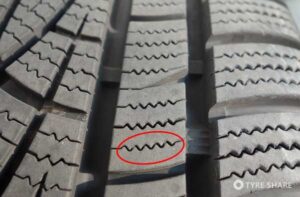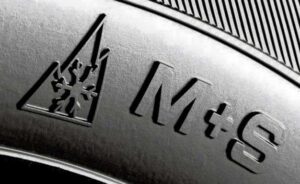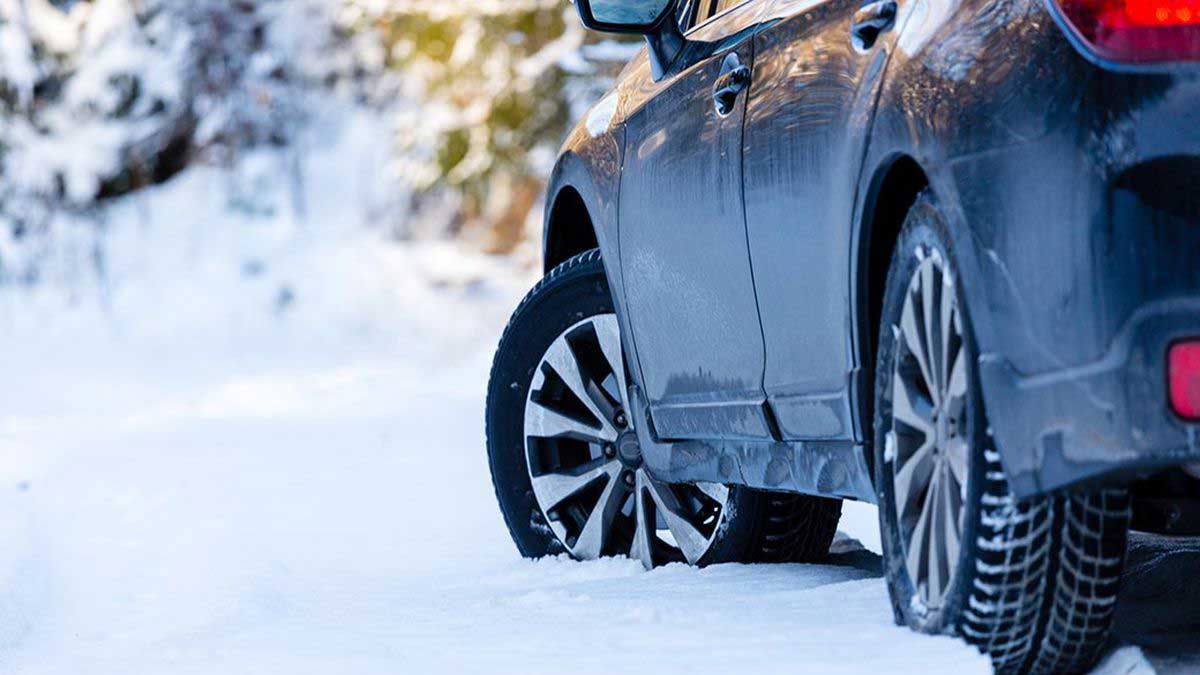There is a lot of high technology in your car tires that can be tuned from tire to tire to make them perform according to the intended vehicle type, road condition, driving style and most importantly, temperature. The main difference between winter tires and all-season tires is not something you can see. The rubber compound is by far the biggest factor in the level of winter traction you get from any given tire. The second most important difference between winter tires and all-season tires is the design molded onto the tread.
Tread rubber compound for cold weather
In cold weather, regular all-season tread rubber, and the rubber used in high performance summer tires, hardens at a higher temperature than the rubber compound used in snow tires. Normal all-season tire rubber hardens as temperatures drop below 42 degrees Fahrenheit.
Tire rubber must be flexible to grip the road. At, or about 42 degrees Fahrenheit, an all-season and a winter tire have about the same traction, however, as the mercury drops the winter tire gains grip, while all-season tires and high performance tires, lose traction. At temperatures well above 42 degrees Fahrenheit, the rubber in all-season tires stays hard to resist wear.
In contrast, the rubber in the tread of a winter tire will soften, and wear out much faster. For this reason, winter tires should be removed from the vehicle early in the spring and replaced in late fall when the temperatures regularly dip below 42F. Even the most premium winter tires are not intended to last in the heat of summer.
Tread pattern for grip on snow and ice


Regular all-season tires often have solid tread blocks arranged in a chevron-shaped pattern with wide grooves. These treads are ideal for evacuating water from under the tread, but for traction on ice and snow, tires need a high density of biting edges.
Tire engineers achieve this by molding tread narrow slits into the tread features. Often, the tread features are covered in this fine slits, or tread sipes. Tread sipes provide a biting edge, while maintaining the integrity of the tread for better handling and lower noise levels.
Tire markings


All-season tires never have this marking. More typically, all-season tires will have the more generic M+S marking. M+S marked tires are not a good indicator of performance on cold winter roads, ice, or even packed snow.

